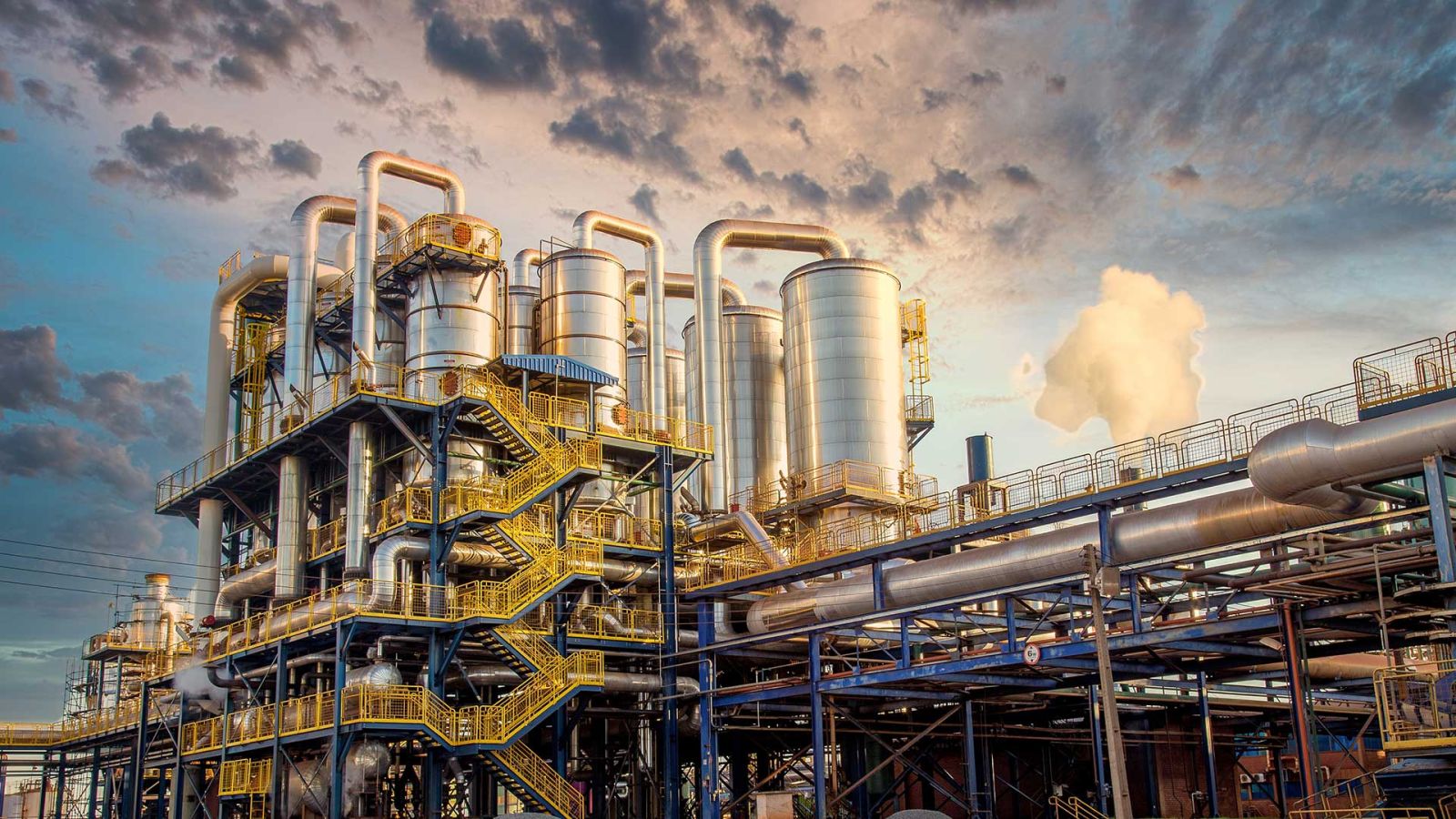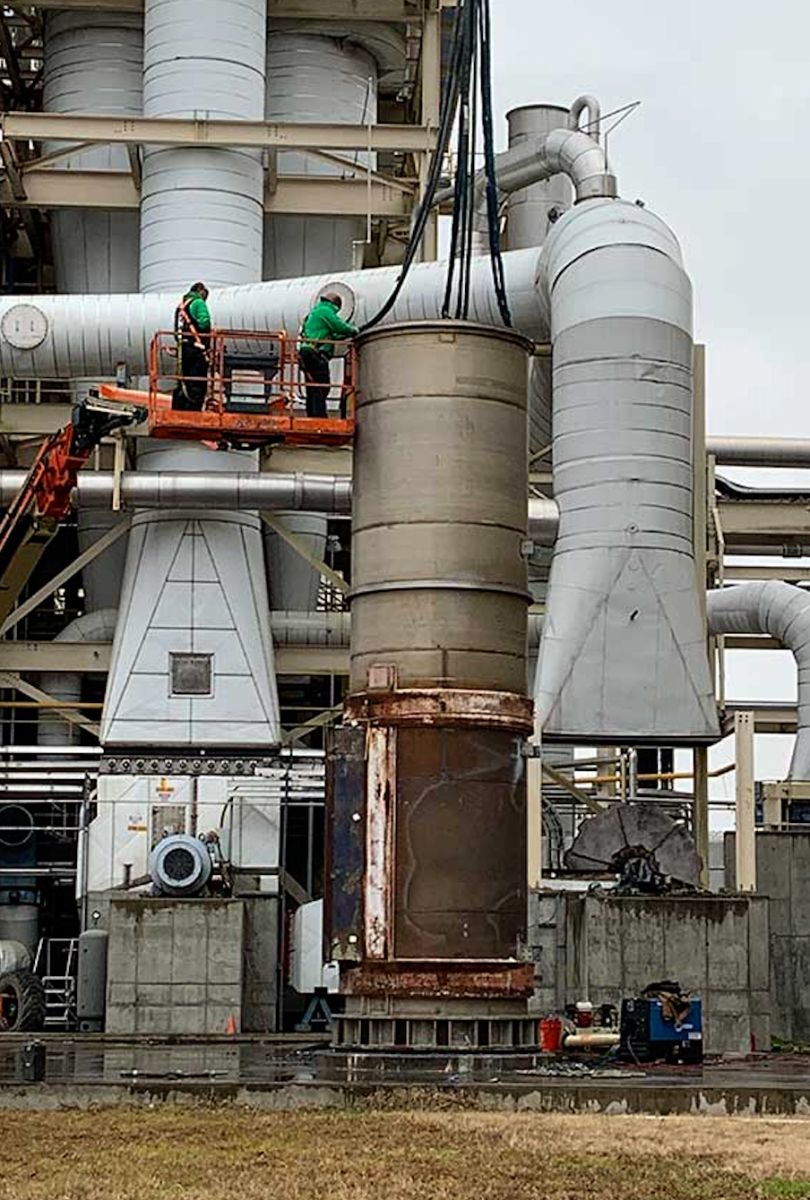Hydrogen Horizon: The rising star in sustainable power
The renewable energy landscape is changing rapidly. Advances in technology are powering a green energy renaissance in general, and many alternative power sources are being enhanced, developed, and promoted. These breakthroughs can be anticipated to have major consequences and implications that promise to disrupt whole companies and industries.
Hydrogen, in particular, is emerging as a rising star.

The idea of using hydrogen power arguably dates back to 1838, when a chemist from Switzerland, Christian Friedrich Schoenbein, made the first fuel cell by adding hydrogen gas to oxygen to create electricity. Today, multiple industries use this renewable energy source in various ways, and have done so for years because it offers many advantages over other energy sources.
Most importantly, when hydrogen is used as fuel, it emits no greenhouse gases. Hydrogen fuel cells only produce harmless water vapor and heat as byproducts. In addition, unlike many other renewable energy sources, hydrogen can be stored and transported safely.
Hydrogen also offers a higher energy-to-weight ratio than traditional gasoline and other fossil fuels. Bountiful and efficient, it is becoming an increasingly practical choice for many different use cases — even for those in heavy industry and throughout the supply chain.
Another important advantage of hydrogen is that the techniques for producing it as fuel are eco-friendly. For instance, hydrogen can be generated using water electrolysis and biogas. There’s even a way to derive hydrogen from municipal solid waste, meaning environmental advocates need not worry about the emergence of a new carbon-producing monster. In addition, as hydrogen production scales up, these renewable industries will also grow.
Two major challenges currently stand in the way of hydrogen’s widespread adoption as an alternative source of energy: First and foremost is fear — a difficult bridge to cross. Second is the current lack of necessary infrastructure.
Hydrogen tends to be associated with disaster in the collective imagination due to the Hindenburg accident, and, in my experience, people are slow to change. Similarly, fears of fire have provoked some communities to agitate against lithiumproduction facilities.
As a result, fear-mongering and rumors threaten to keep us in a reactive posture that would foreclose the possibility of exploiting hydrogen and other sources of renewable energy, despite the fact that they present readily available and streamlined sources of clean power.
Hydrogen has come a long way since the early 20th century, which is why educating the public is key. When people understand how this energy source works and how it can help us move away from fossil fuels, we can have real and proactive discussions about how to best leverage hydrogen to power our future as inhabitants of Earth.
Since the first petrol station was built in 1905, Americans have become so familiar with this fuel that it is ingrained in our society. While there are gas stations all over the U.S., no such infrastructure exists for hydrogen fuel. Meanwhile, most people find change difficult, especially if there are any drawbacks, whether tangible or perceived.
If hydrogen is to go mainstream, there are many large infrastructure elements to consider. How will the fuel be stored? How much will developing the necessary new infrastructure cost? How can clean energy advocates best engage with the public to gain their perspective? How can we forestall the kind of pushback against hydrogen that is currently erupting around lithium alternatives?
Expanding infrastructure to make hydrogen widely accessible is not only feasible but necessary. Governments of various levels, businesses, and organizations should collaborate to invest in a robust network of hydrogen production facilities, distribution systems, and refueling stations to pave the way for widespread adoption.
As a promising carbon-neutral solution, hydrogen is positioned to play a major role in the power landscape to come. However, the exact future of hydrogen, lithium, natural gas, biofuels, and other energy sources remains unseen. Right now, so many different options are under development that it is difficult to predict which will emerge as the winner and dominate the energy market.
Indeed, I suspect there won’t be a final winner. Different renewable energy sources have their own particular advantages and disadvantages. In the end, a number of viable renewable energy sources will probably demonstrate their superiority in certain domains. Humanity would be best served by building a diverse energy system that takes advantage of the various strengths of each. Specific options will make sense depending on their particular use cases, as well as their location.
What’s important isn’t to predict which renewable energy will win. Rather, it’s important to focus on the end goal of providing efficient, affordable, clean energy. Everyone has a part to play in the transition away from carbon-producing energy. When a diverse energy map of green innovations replaces the status quo, we all win.
Keith Lambert is President of Oxidizers, Inc., which has decades of design, installation, and maintenance experience successfully executing hundreds of turnkey oxidizer projects. Keith is a 30-year veteran in the Pollution Control marketplace, servicing equipment that cleans up trillions of cubic feet of air per year across the United States for major manufacturers, including Tesla, Kikkoman, Cargill, and Lockheed Martin. He is also the CEO of InCheq, which provides digital transformation tools that are revolutionizing the maintenance and service market. Keith has a humble background, growing up in New Jersey and serving as a principal for other entities in the environmental space before starting his own company.
Oxidizers Inc. | oxidizers.net
Author: Keith Lambert
Volume: 2024 September/October









